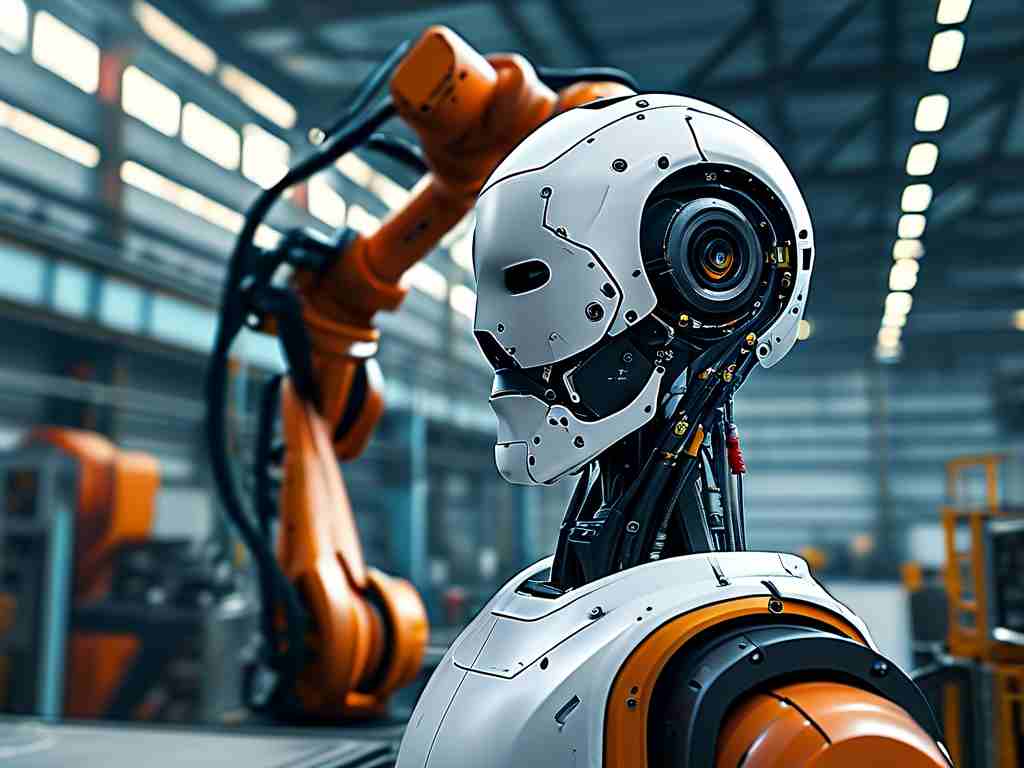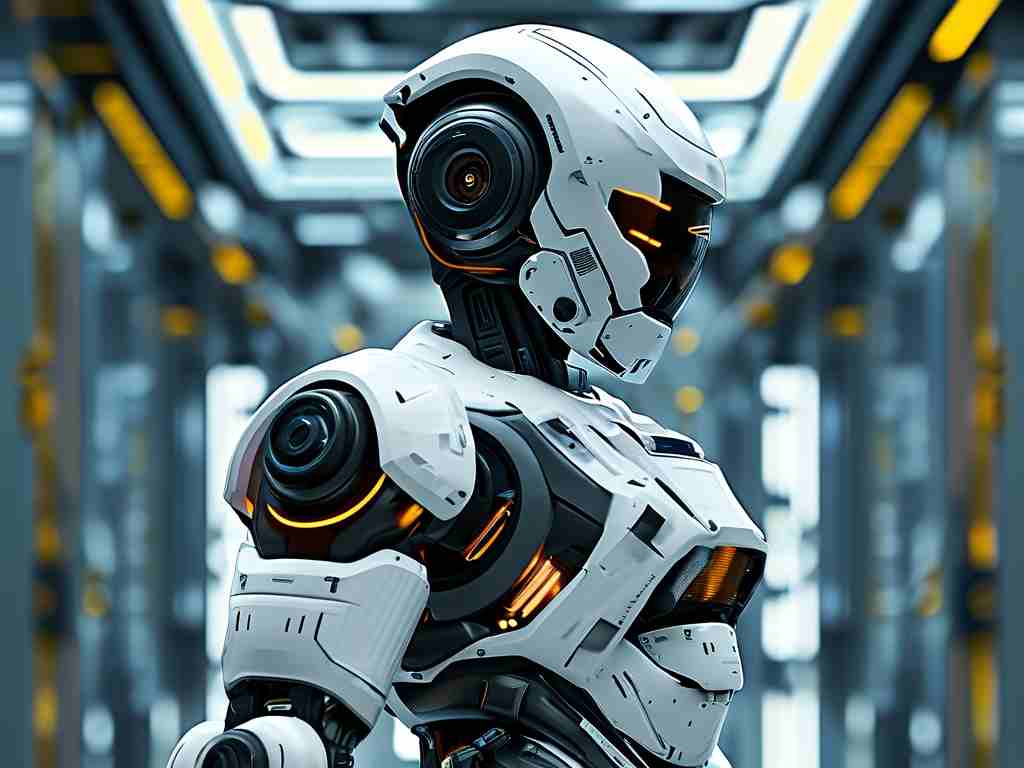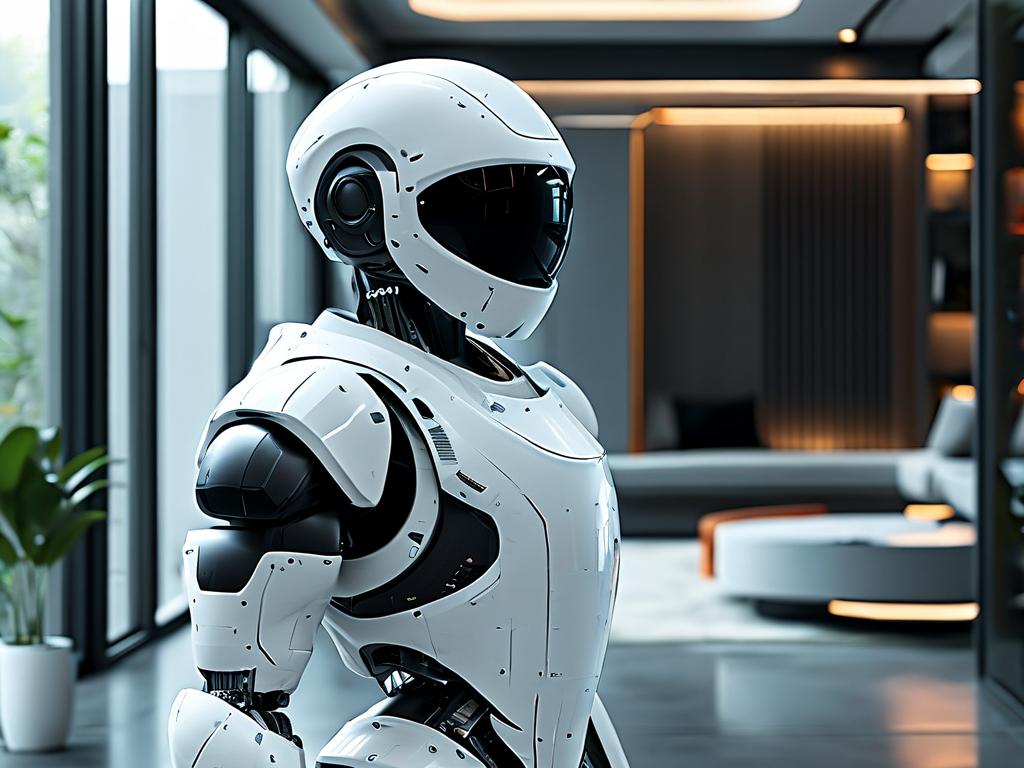The evolution of industrial automation has been significantly shaped by advancements in robotic systems, with AB Robotics emerging as a leader in delivering high-performance solutions. Understanding the technical parameters of AB robots is essential for industries aiming to optimize efficiency, precision, and scalability. This article explores the core specifications of AB robotic systems and their implications for modern manufacturing and logistics.

Core Technical Parameters
AB robots are engineered with a focus on payload capacity, repeatability, and operational speed. Payload capacity ranges from 3 kg to 50 kg across models, catering to tasks from delicate electronics assembly to heavy material handling. For instance, the AB-5000 series boasts a 50 kg payload with a reach of 2.8 meters, making it ideal for automotive welding applications. Repeatability, a measure of positional accuracy, is maintained at ±0.02 mm in premium models, ensuring consistency in high-precision tasks like semiconductor manufacturing.
Operational speed is another critical factor. AB robots achieve cycle times as low as 0.3 seconds in pick-and-place operations, enabled by proprietary servo motors and lightweight arm designs. This combination reduces inertia while maintaining torque, allowing rapid acceleration without compromising precision.
Advanced Motion Control
AB Robotics integrates six-axis articulated arms with collision detection algorithms to enhance flexibility and safety. The six-axis design enables 360-degree rotation and complex path planning, critical for applications like 3D printing or CNC machine tending. Collision detection systems use torque sensors to halt motion within milliseconds upon contact, minimizing downtime and equipment damage.
Environmental Adaptability
Industrial environments demand robustness. AB robots are rated IP67 for dust and water resistance, ensuring reliable performance in harsh conditions such as food processing or metalworking facilities. Temperature tolerance ranges from -10°C to 45°C, supported by heat-dissipating materials and optional cooling modules.
Software and Integration
AB’s RapidCode Studio programming platform simplifies customization. Users can deploy Python or C++ scripts to automate workflows, while pre-built templates for palletizing or sorting reduce deployment time. Compatibility with OPC UA and EtherCAT protocols ensures seamless integration into IoT-enabled factories. For example, a recent automotive client reduced integration costs by 40% by linking AB robots directly to their ERP system via OPC UA.
Energy Efficiency
AB’s EcoPower drive system reduces energy consumption by up to 30% compared to conventional models. Regenerative braking converts kinetic energy into reusable electricity, particularly beneficial in high-duty-cycle operations. A case study in a packaging facility showed a 22% reduction in annual energy costs after upgrading to AB’s EcoPower-enabled robots.
Future-Proofing Through Modularity
AB’s modular architecture allows component upgrades without full system replacement. Users can retrofit vision systems, grippers, or AI co-processors as needs evolve. This approach extends the lifecycle of robotic assets, aligning with circular economy principles.
In summary, AB Robotics combines cutting-edge technical specifications with adaptive design to address diverse industrial challenges. By prioritizing precision, durability, and integration flexibility, these systems empower businesses to stay competitive in an era of rapid technological change. As industries increasingly adopt smart manufacturing practices, AB’s focus on scalable, energy-efficient solutions positions it as a cornerstone of modern automation strategies.









